I used my DSLR for the first time in years since switching to mirrorless – here are four things I learned
Was it always this much of a struggle?
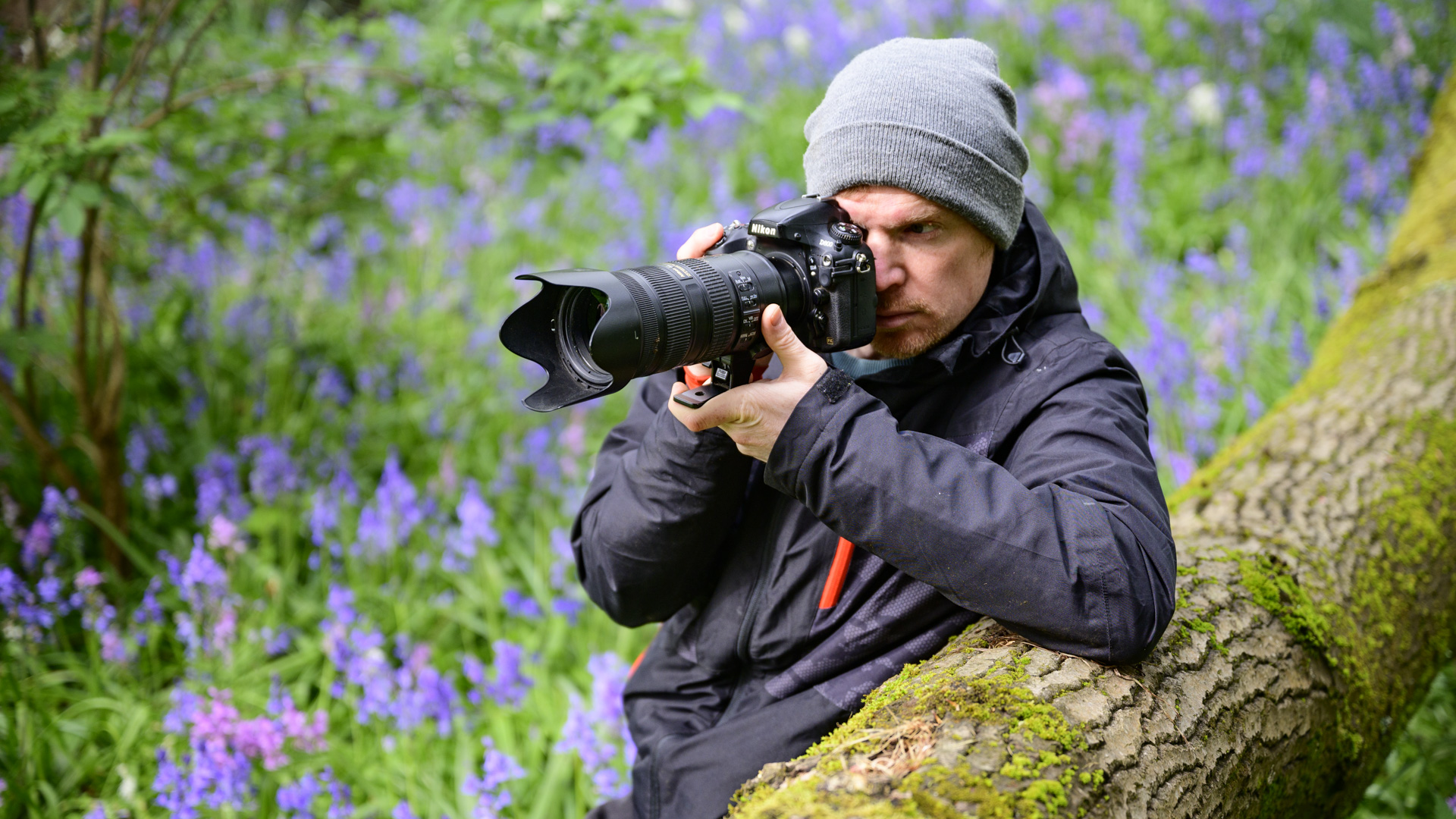
Take the strain, and three, two, one, pull! No, I'm not in the gym lifting weights, but in the woods with my Nikon DSLR and raising its optical viewfinder to my eye to compose a picture. It's my D800's first outing in years and it's quickly reminding me why I was so happy to switch to mirrorless. At 31.7oz / 900g and combined with my Nikon 70-200mm AF-S f/2.8 VR lens (50.4oz / 1,430g) it's well over 80oz / 2300g, and being cumbersome isn't even the worst part.
Don't get me wrong, I'll come away from this walk in my local woods that's bursting with fragrant bluebells and wild garlic with some pictures I'm super-excited about (see below), but boy do I have to work that much harder to get the results I want. And without wanting to lug a tripod around, I actually can't get the same degree of sharpness in my pictures from this day in the dim conditions under a dense tree canopy.
There are aspects of the Nikon D800's handling that I really enjoy and mixing up creative tools keeps me fresh as a photographer, but overall my mirrorless camera is a much more streamlined experience and I'm still glad that I made the leap from a Nikon DSLR to the Z6 II. Let's look at where my DSLR struggles begin.
1. Carrying the gear
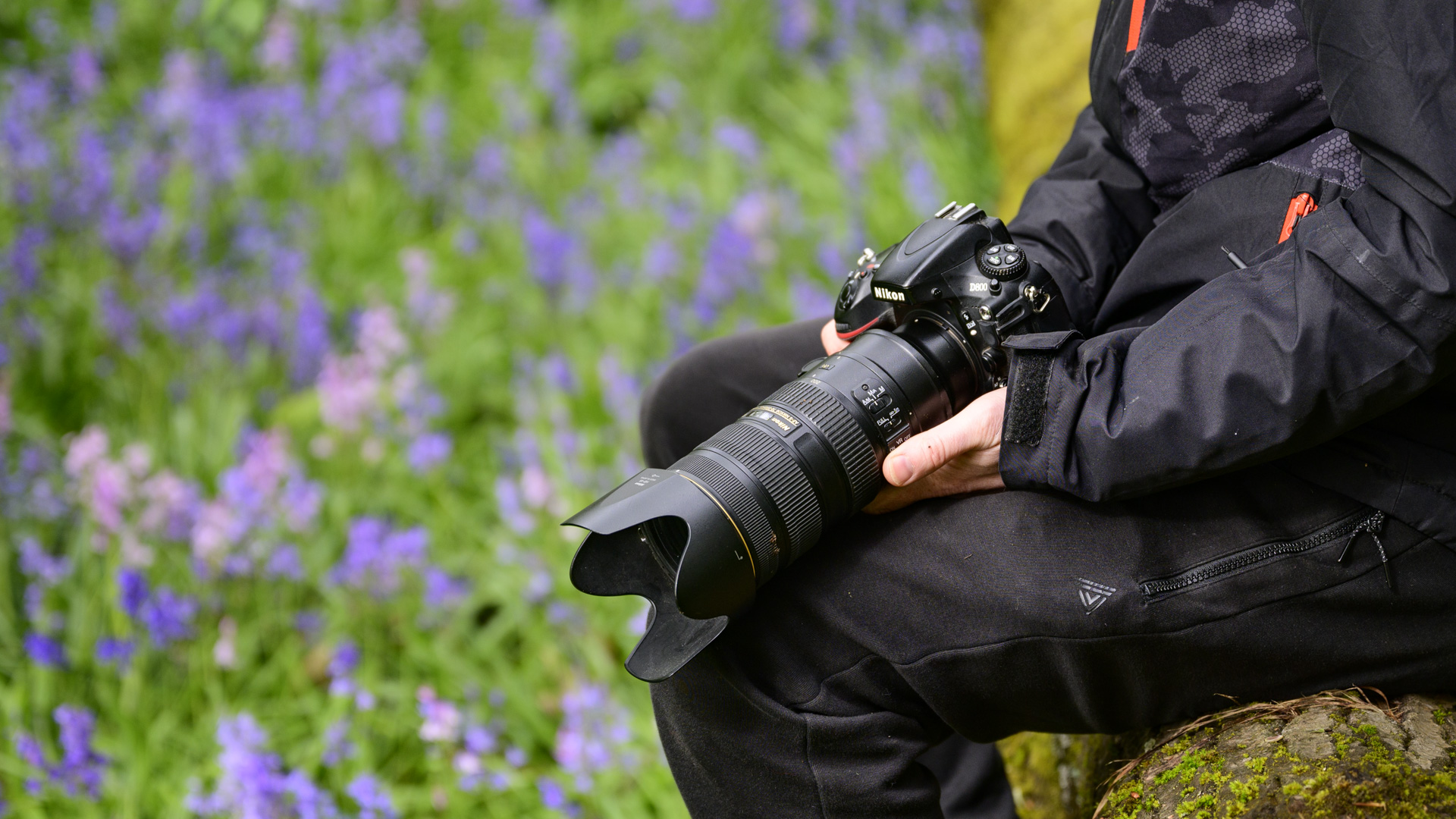
My Nikon D800 from 2012 is an extra 50% heavier than the Nikon Z6 II I'm now used to, and also the Z7 II that is arguably my DSLR's modern day equivalent. The 70-200mm f/2.8 F-mount lens is also heavier than the mirrorless Z-mount version, although not by much. Overall, there's approximately a 20% reduction in weight in the mirrorless version of my DSLR camera and lens pairing.
The DSLR camera body is also bulkier, and I notice this quickly with the chunkier handgrip. In some ways it's actually a better balance with the fairly large telephoto lens than what my mirrorless camera offers, but in practice I'm wanting to place the DSLR down quicker than mirrorless.
When you're repeating the motion of bringing the camera's viewfinder up to your eye to compose a shot, the strain starts to take hold quite quickly.
2. Composing the shot
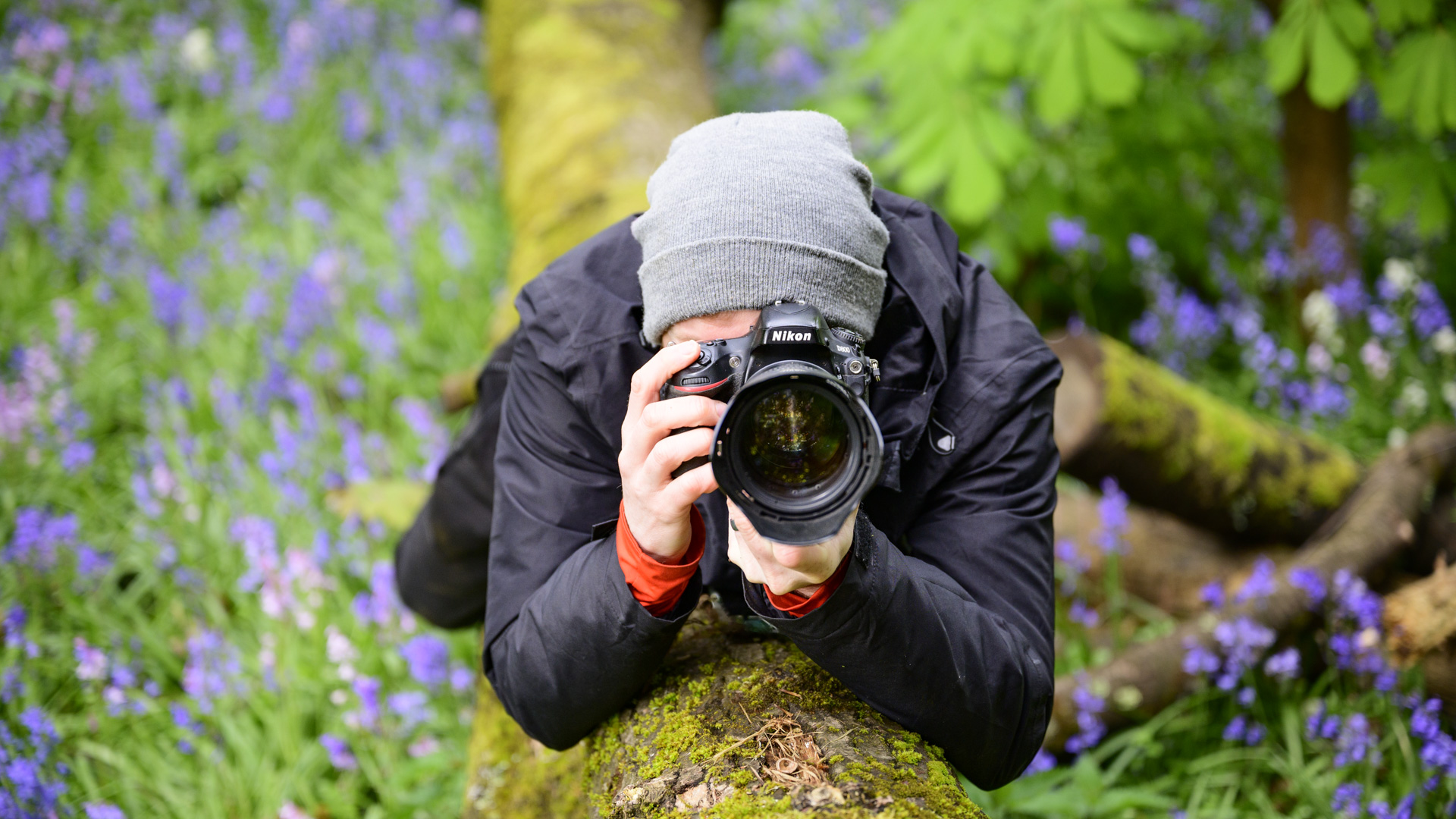
I like the D800's optical viewfinder (OVF), a lot. It's a bright and big display through which I can immerse myself in the scene. And it's one less digital screen to look at, and I'm all for that.
Get daily insight, inspiration and deals in your inbox
Sign up for breaking news, reviews, opinion, top tech deals, and more.
However, what you don't get with an OVF, like you do with a mirrorless camera's electronic viewfinder (EVF), is exposure preview, which is supremely helpful as you go about taking photos. You get a bright display but potentially a very different looking final image, both in brightness and depth of field / bokeh.
That can cause a problem for me because I tend to fiddle with exposure compensation based on the mood I want in the picture. It's all too easy to leave the camera at -2EV for a low-key effect and unwittingly carry on shooting dark pictures because the end result is not reflected in the OVF display. Overall, I prefer an optical viewfinder display for the feeling and an electronic viewfinder to meet my practical needs.
Another point regarding my D800 is that its screen is fixed, whereas my mirrorless camera has a tilt display which is super helpful for shooting at low angles, which I often do especially in scenarios like this. Some DSLRs like the Nikon D850 also have a moveable screen, but most don't, and once you're used to working from a tilting or swivel screen, it's hard to go back to a fixed one.
3. Focusing issues
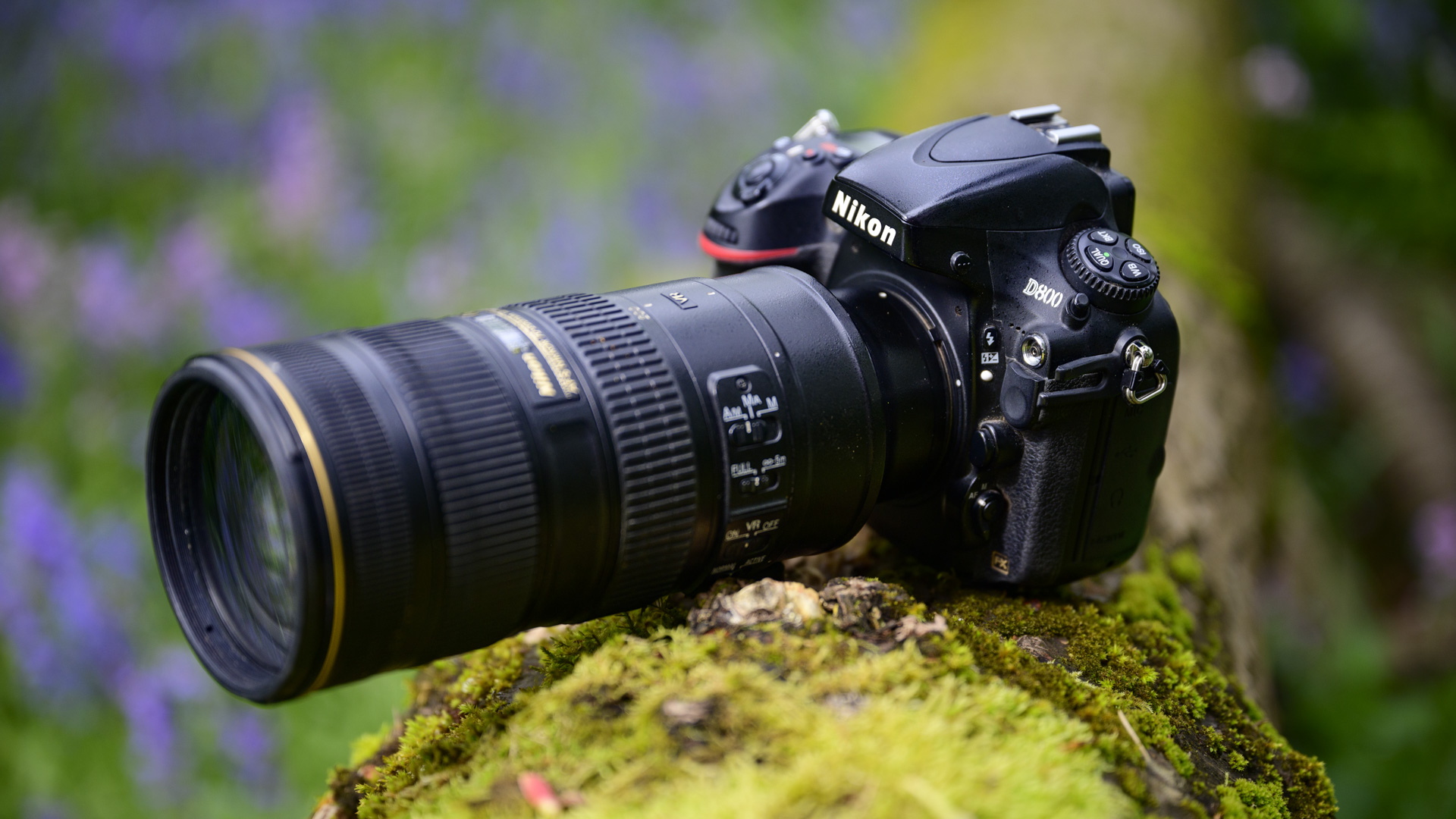
Focusing isn't bad with the D800. It's actually very good, but it's not as refined as the Z6 II mirrorless camera. It's evident as I pinpoint certain bluebells – the focus points simply aren't small enough. I wrestle with autofocus as it hunts for the subject that's right there, more so than with mirrorless.
If I was taking portraits today, I'd be much more relaxed with my mirrorless camera too thanks to its reliable subject and eye detection autofocus, whereas my D800 has regular back-focusing issues.
I've also become accustomed to composing shots through the Z6 II's LCD display, often instead of the viewfinder. If I try to do the same – autofocusing through the D800's Live View – it is a significantly worse experience, too. Nikon DSLRs aren't really designed to be used for photography with autofocus through Live View, though Canon DSLRs do a better job.
That said, I tend to use my DSLR's Live View when manually focusing for landscape photography instead of the viewfinder. With Live View I get focus magnification for a closer look so I can be sure I've acquired sharp focus where it matters. Again, it's just a shame that the LCD screen is hard to see at awkward angles.
4. No image stablization
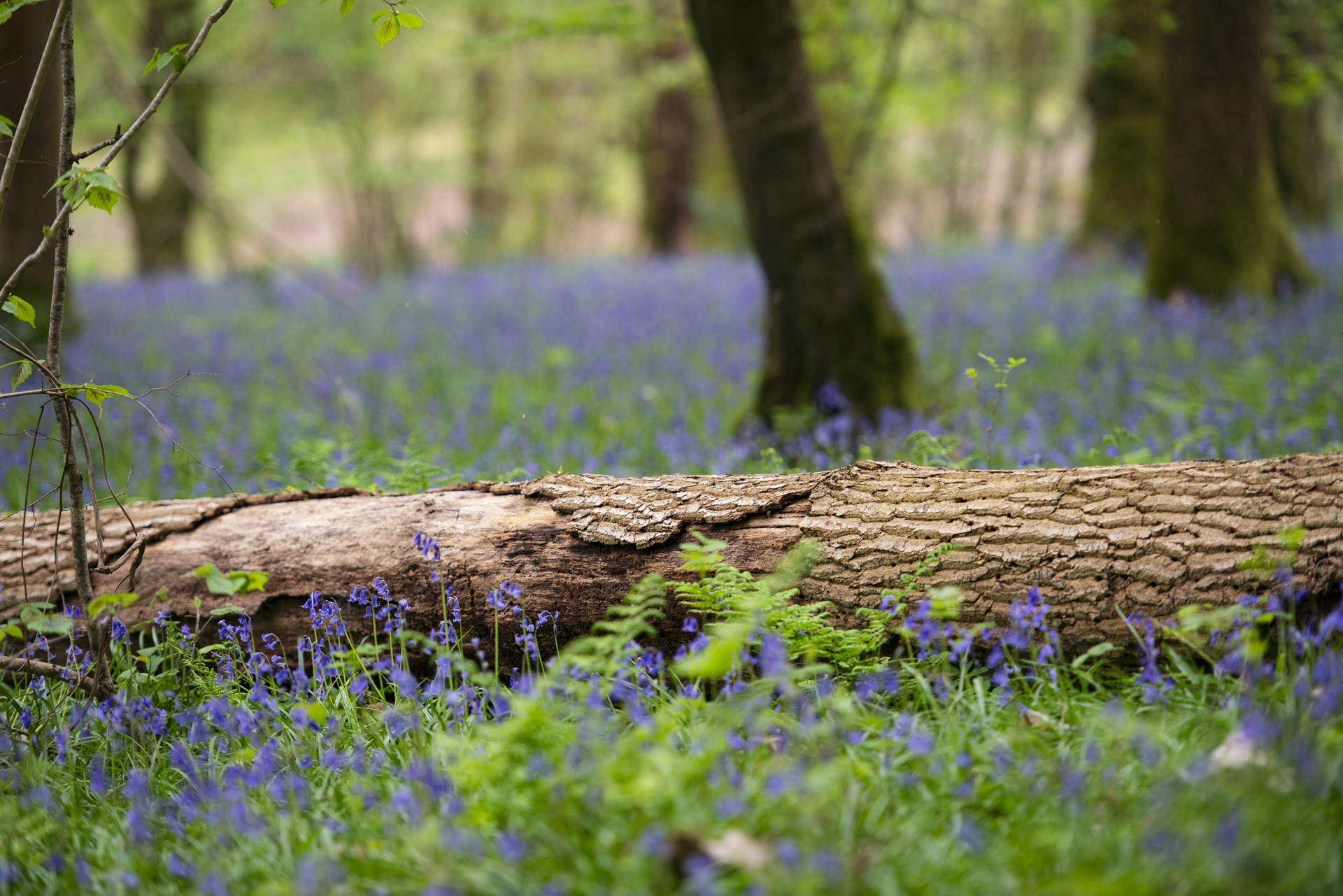
The single thing I miss the most when opting for my DSLR over mirrorless is in-body image stabilization, which in the Z6 II enables me to shoot handheld in more situations.
I remember when I first bought my D800 just how unforgiving its 36MP sensor was regarding camera shake and its resulting effect – softening detail. At the time, my golden rule to calculate the minimum acceptable shutter speed for sharp shots was shutter speed equals the focal length of your lens – for example, 1/200sec when shooting at 200mm.
That rule went out the window with the D800, the highest resolution full-frame sensor ever, and I would have to be conservative by around 2EV. At the same 200mm focal length a faster than normal 1/1000sec was as slow as I could go really. Or I could bring out the tripod to eliminate camera shake.
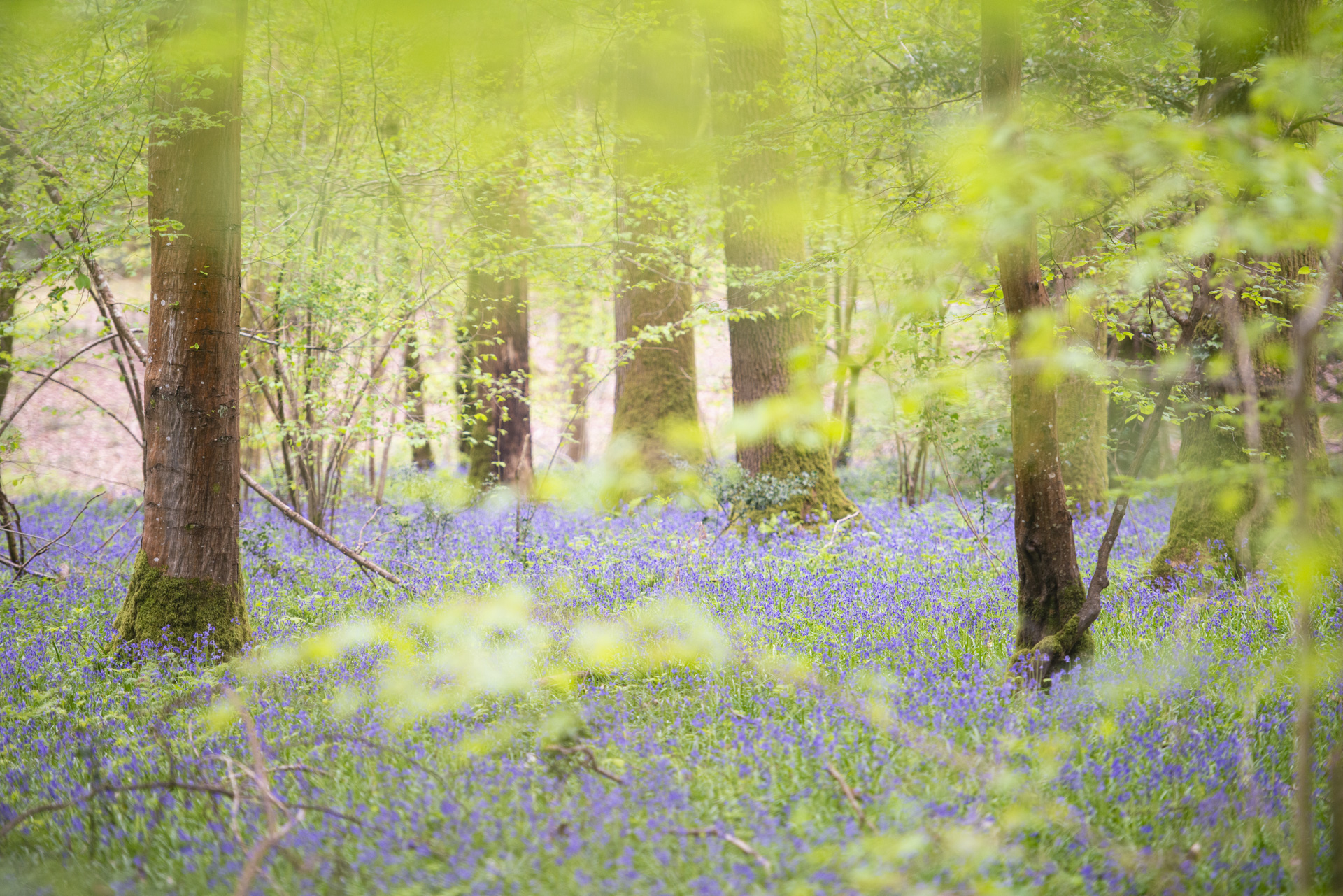
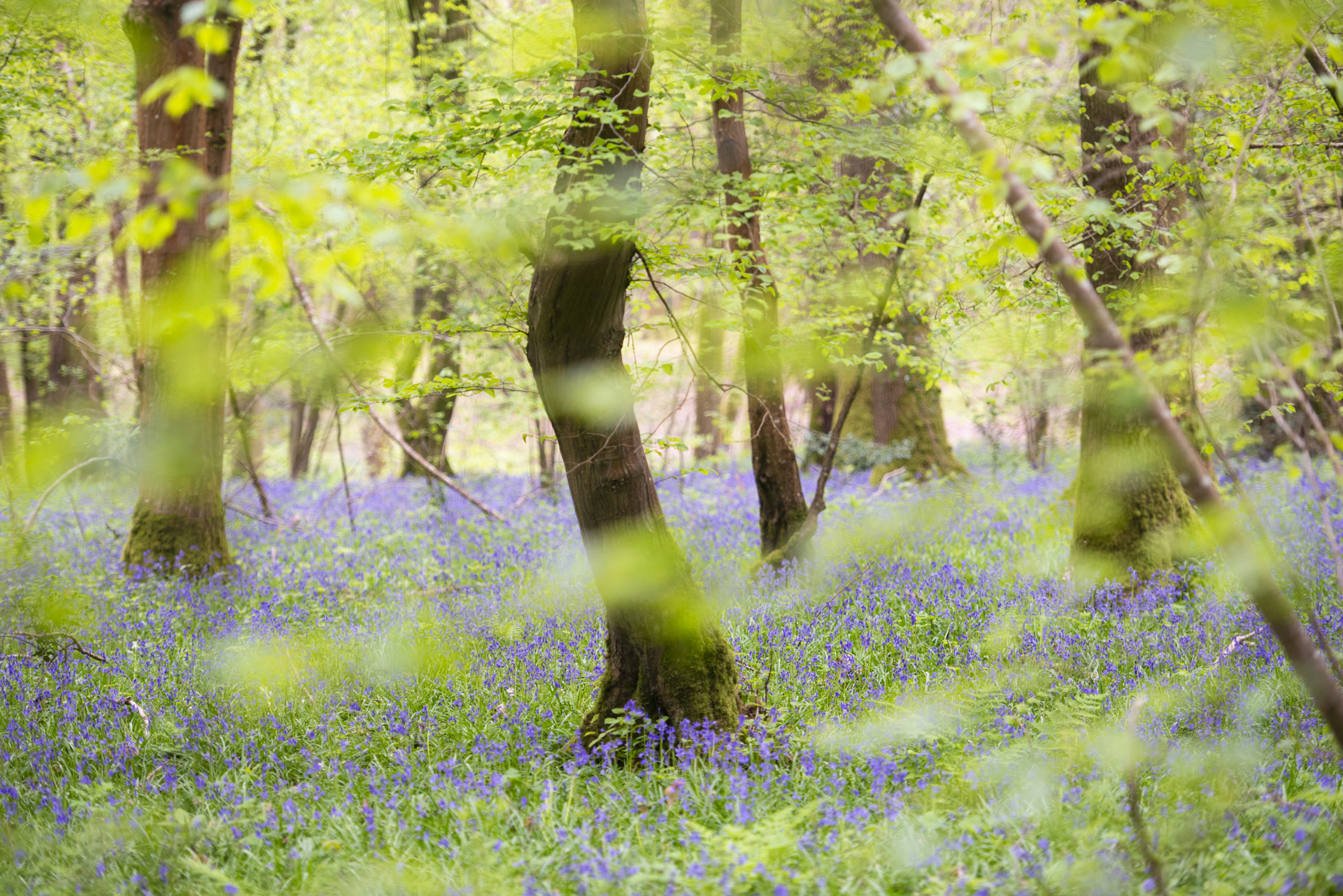
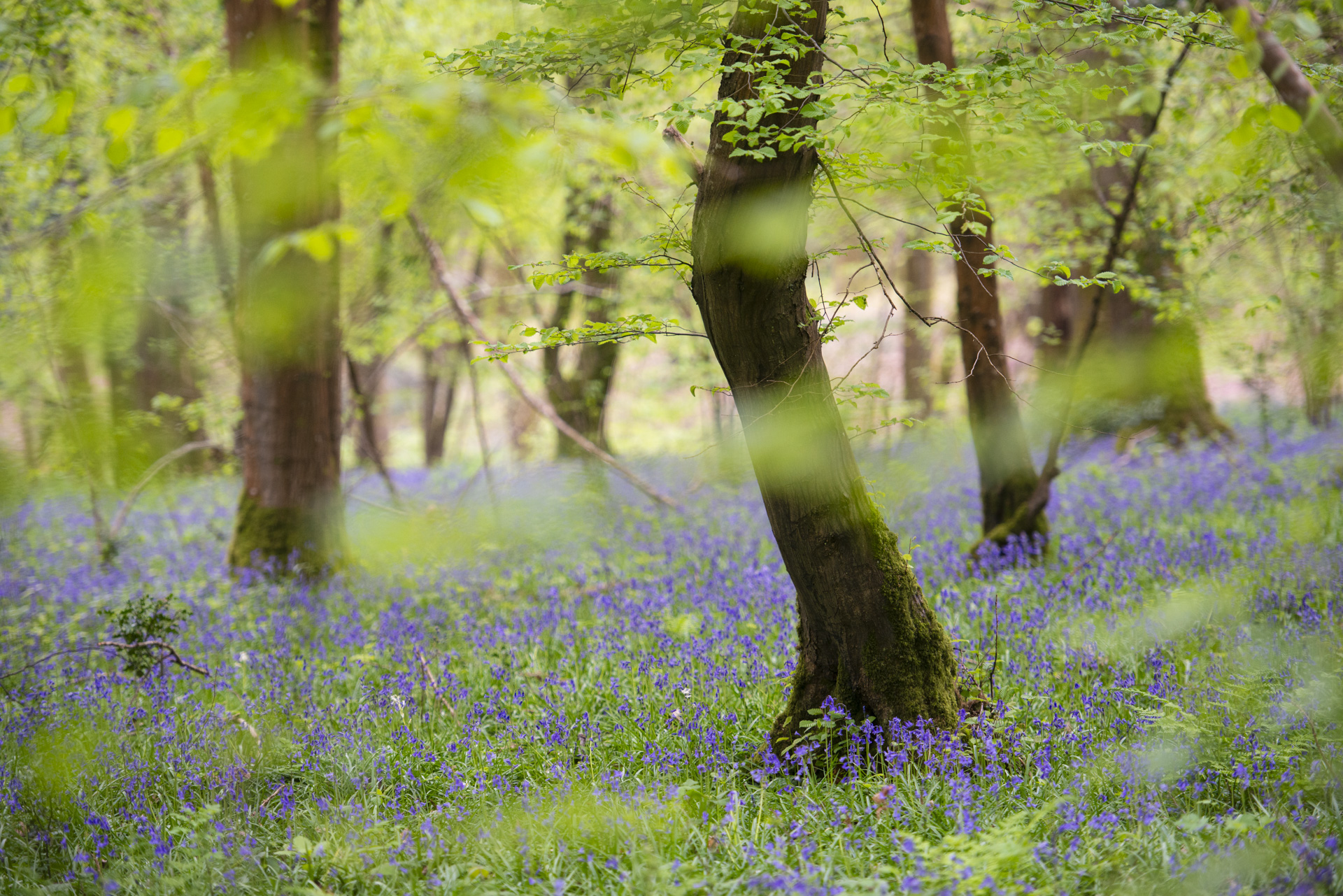

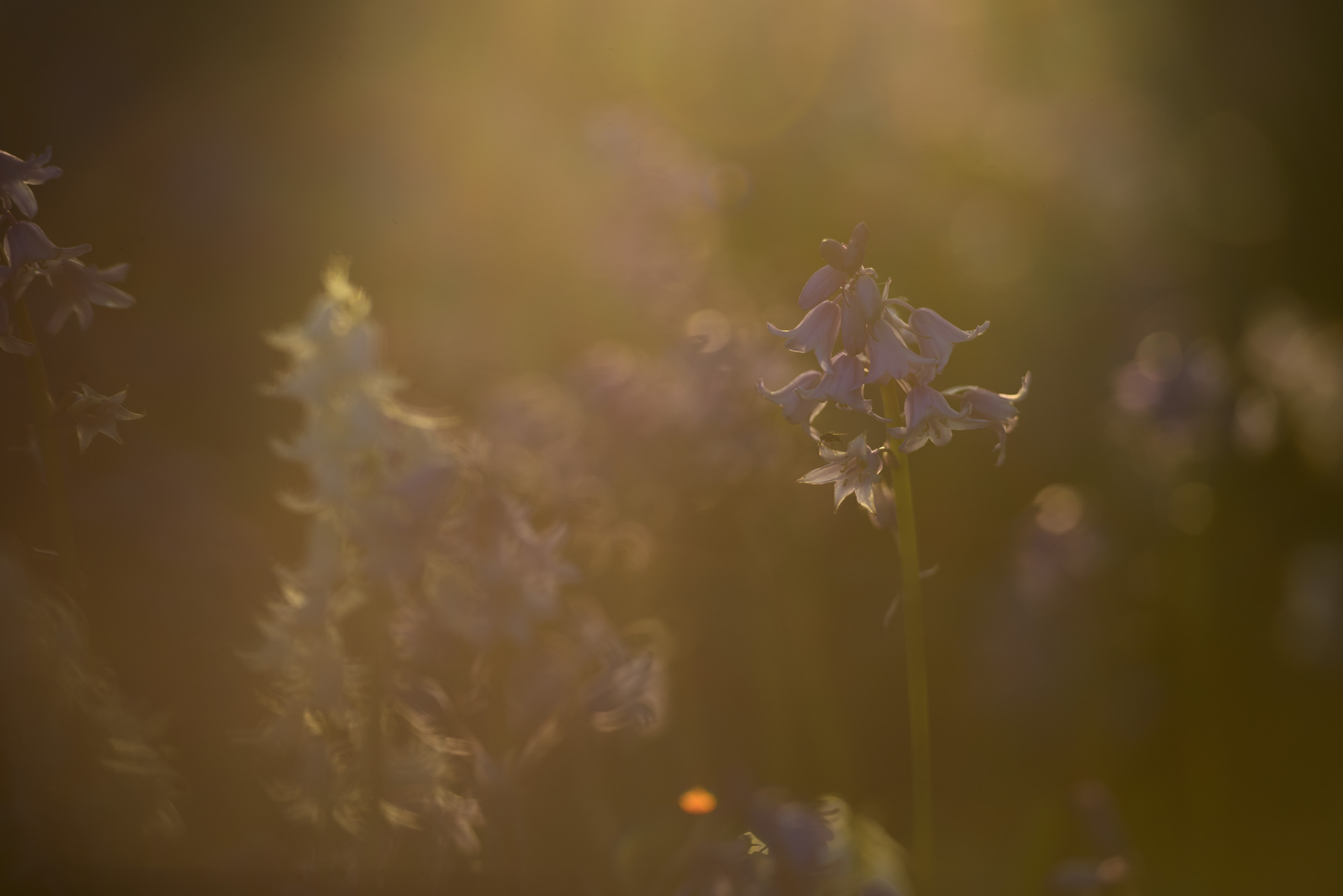
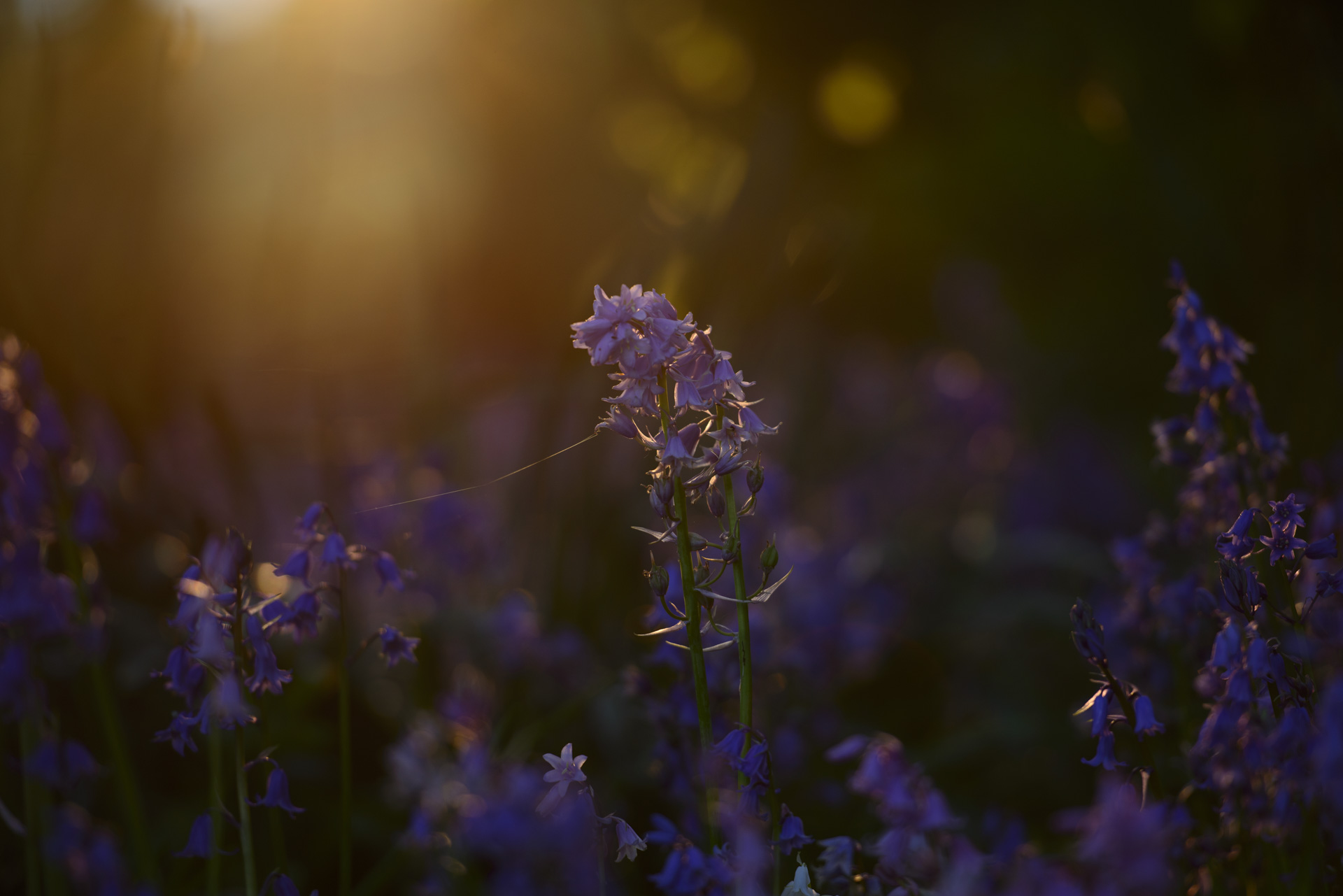
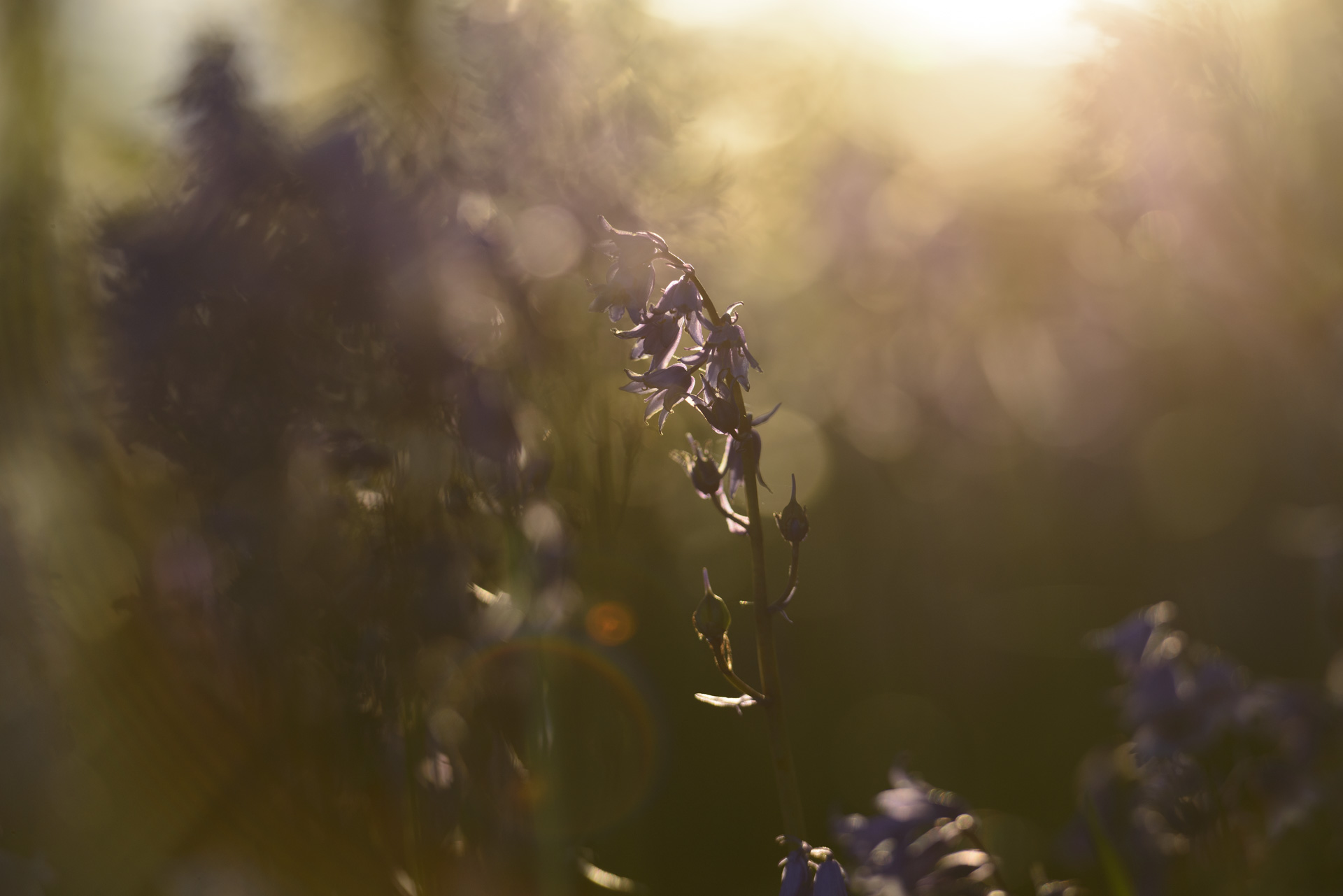
I don't want a tripod for my shooting techniques where I need maximum portability, like this day in the woods, nor do I want to damage the woodland and bluebells – I need a light footprint. No, I'm going handheld all the way.
Now I'm in these woods shaded by a dense tree canopy and the shutter speed I need to use with the 70-200mm lens requires a high ISO, even with the f/2.8 aperture. Put simply, the quality of detail I can get in this scenario cannot match what I can with my mirrorless camera which is equipped with image stabilization and able to shoot at slower shutter speeds and low ISO because it compensates camera shake.
The photos I came away with using my DSLR
Visually most woodlands are messy. You have to search long and hard for tidy compositions such as a single tree standing out from the rest. Or you can embrace and work with the chaos.
I've intentionally used a telephoto lens and shot through branches and leaves to add layers, a sense of depth and to bring in those elements that you otherwise have to work so hard to avoid. And I'm certainly not about to cut away branches or rip up flowers to get the shot I want.
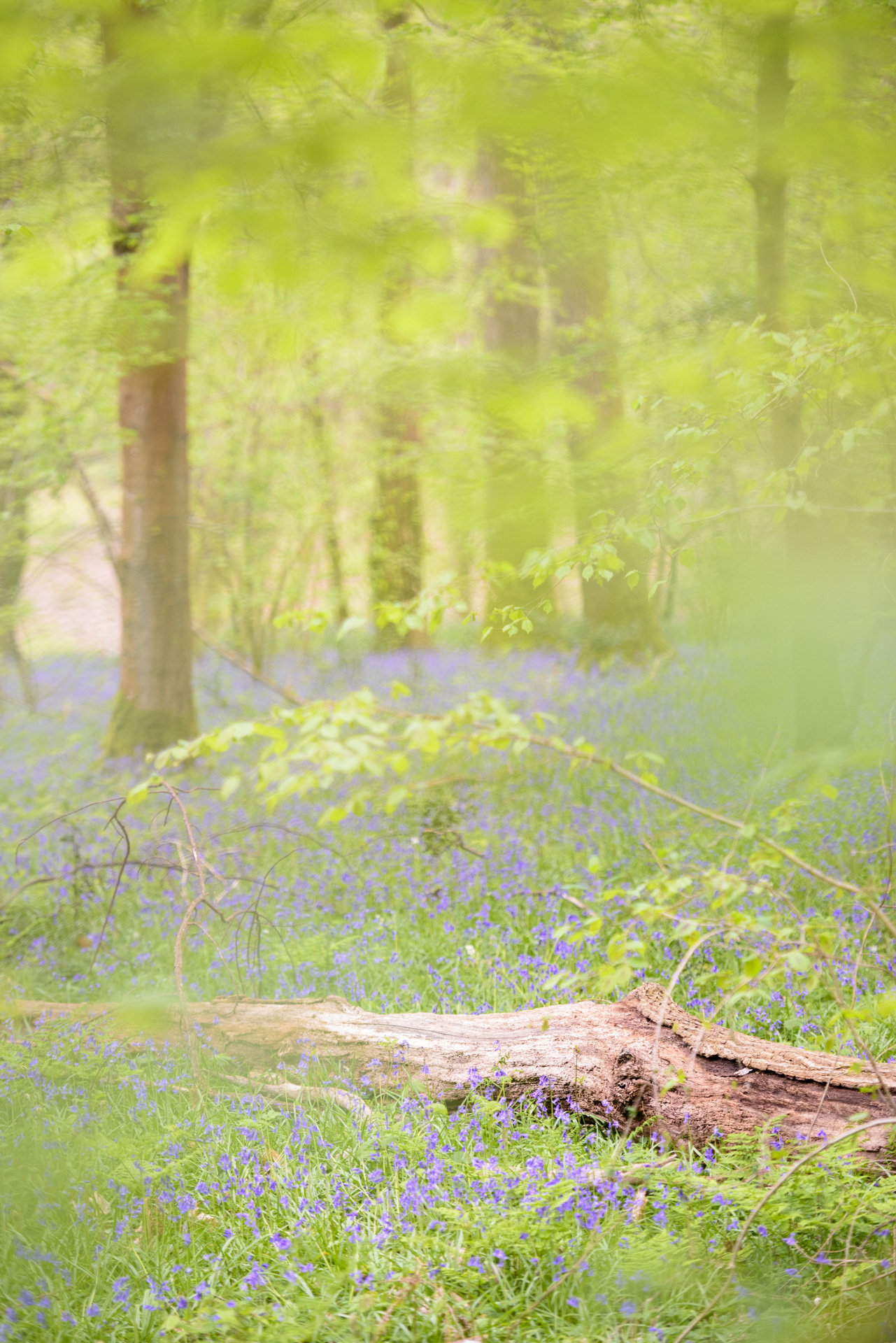
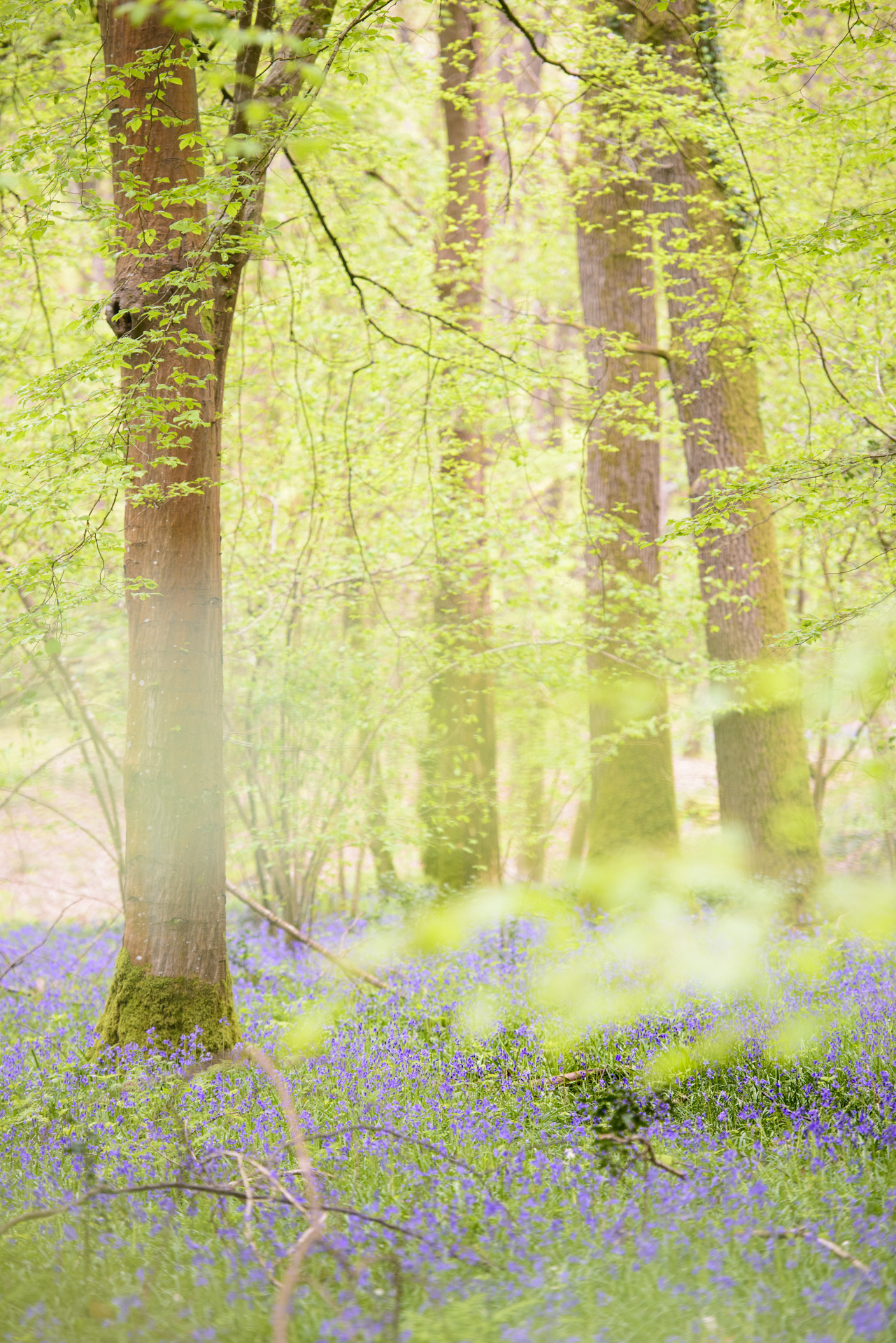
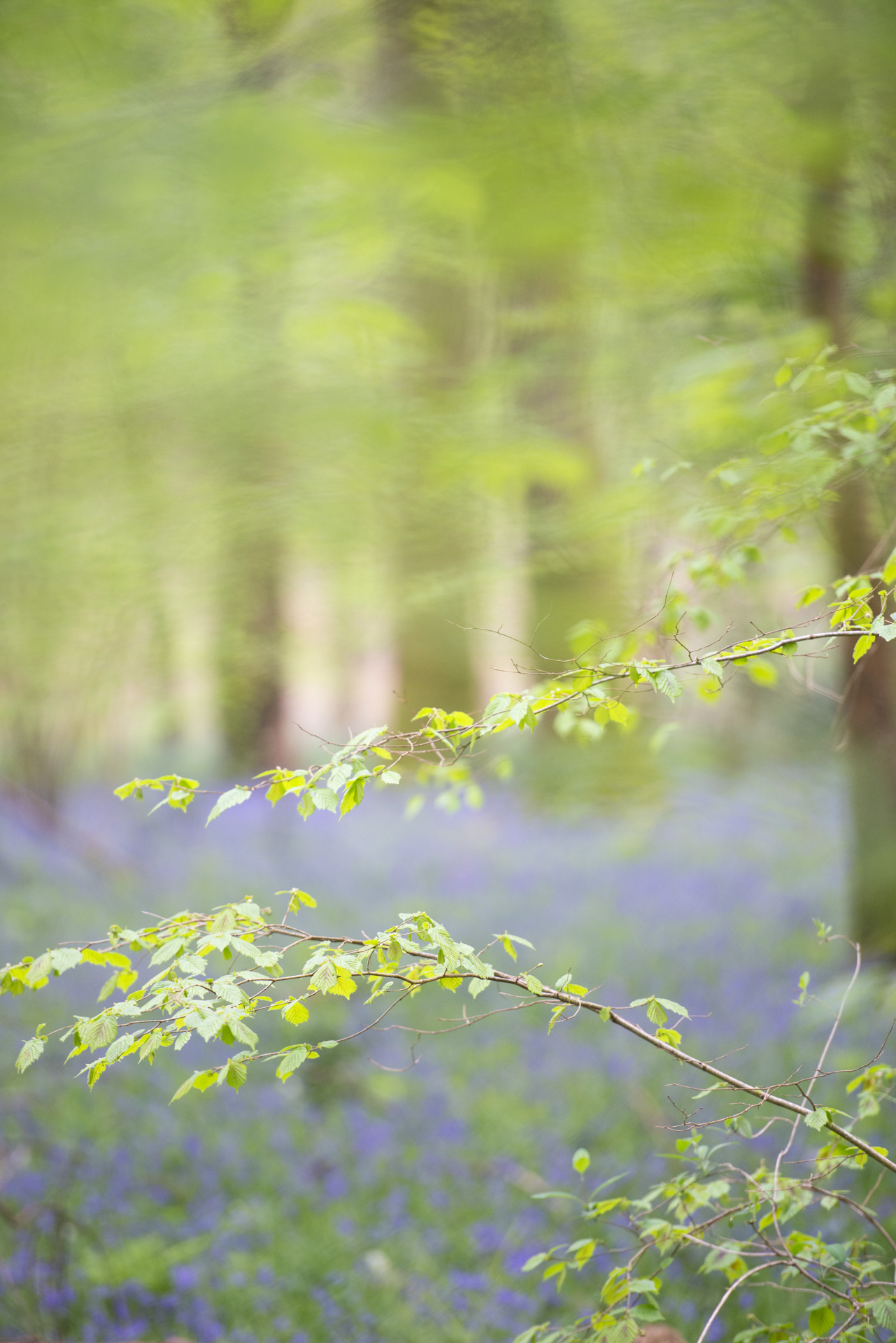
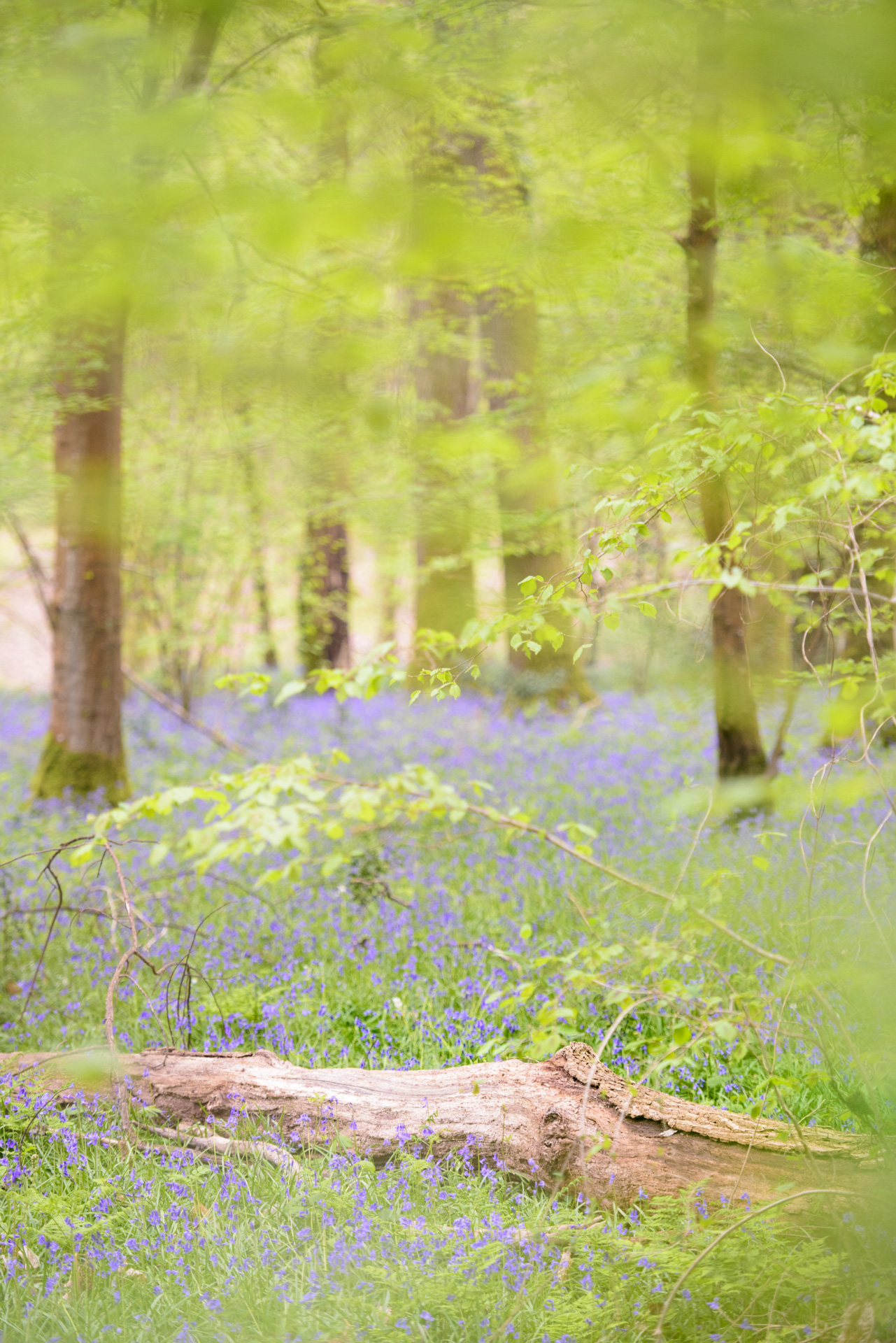
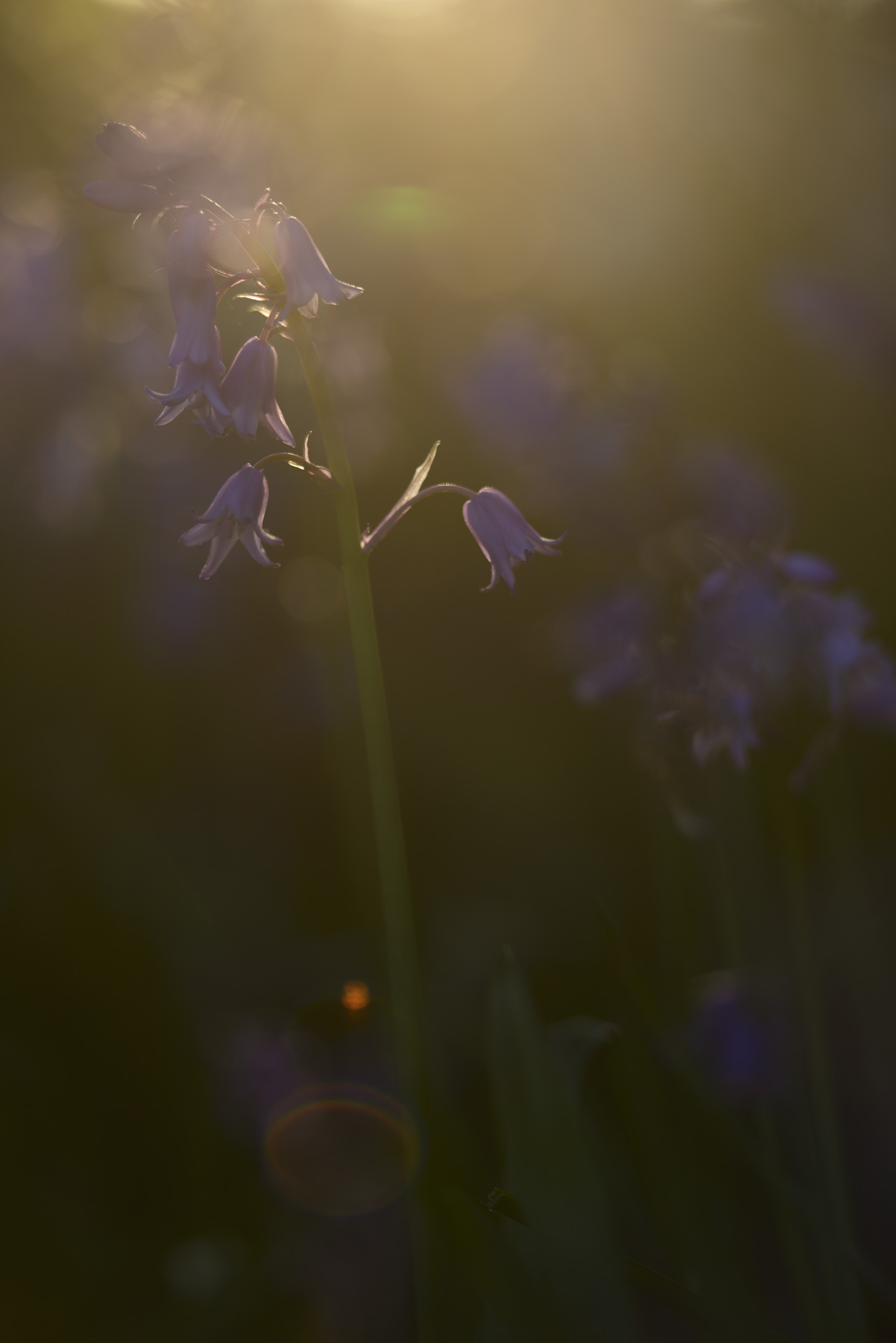
My overall experience bringing my DSLR back out of retirement was fine, but it has reminded me how mirrorless has evolved the camera experience for the better. Ultimately mirrorless is a more refined experience than a DSLR in just about every department.
Images are better, too. I haven't been able to shoot handheld at ISO 100 under dense tree cover like I could with mirrorless, and there's just an edge of softness in my pictures caused by subtle camera shake that I don't have with mirrorless. I'm less concerned with my DSLR's inferior corner sharpness and pronounced vignetting compared to mirrorless.
I'm not about to sell my DSLR – I'll give it another run out soon. It's just I've been reminded the extra dedication needed to the craft in order to come away with the pictures that I'm happy with. As I own both a DSLR and mirrorless camera, opting for the DSLR feels like taking the hard path.
You might also like

Tim is the Cameras editor at TechRadar. He has enjoyed more than 15 years in the photo video industry with most of those in the world of tech journalism. During his time as Deputy Technical Editor with Amateur Photographer, as a freelancer and consequently editor at Tech Radar, Tim has developed a deeply technical knowledge and practical experience with cameras, educating others through news, reviews and features. He’s also worked in video production for Studio 44 with clients including Canon, and volunteers his spare time to consult a non-profit, diverse stories team based in Nairobi. Tim is curious, a keen creative, avid footballer and runner, and moderate flat white drinker who has lived in Kenya and believes we have much to enjoy and learn from each other.